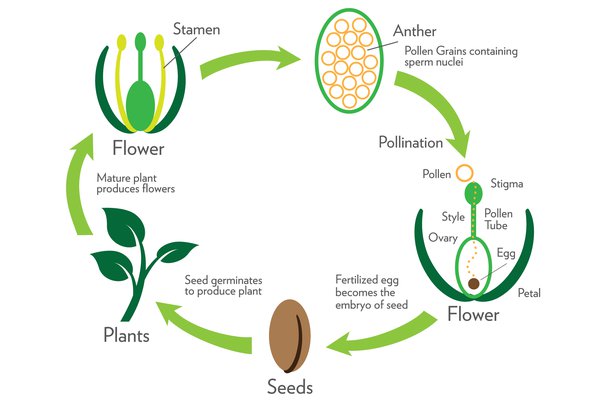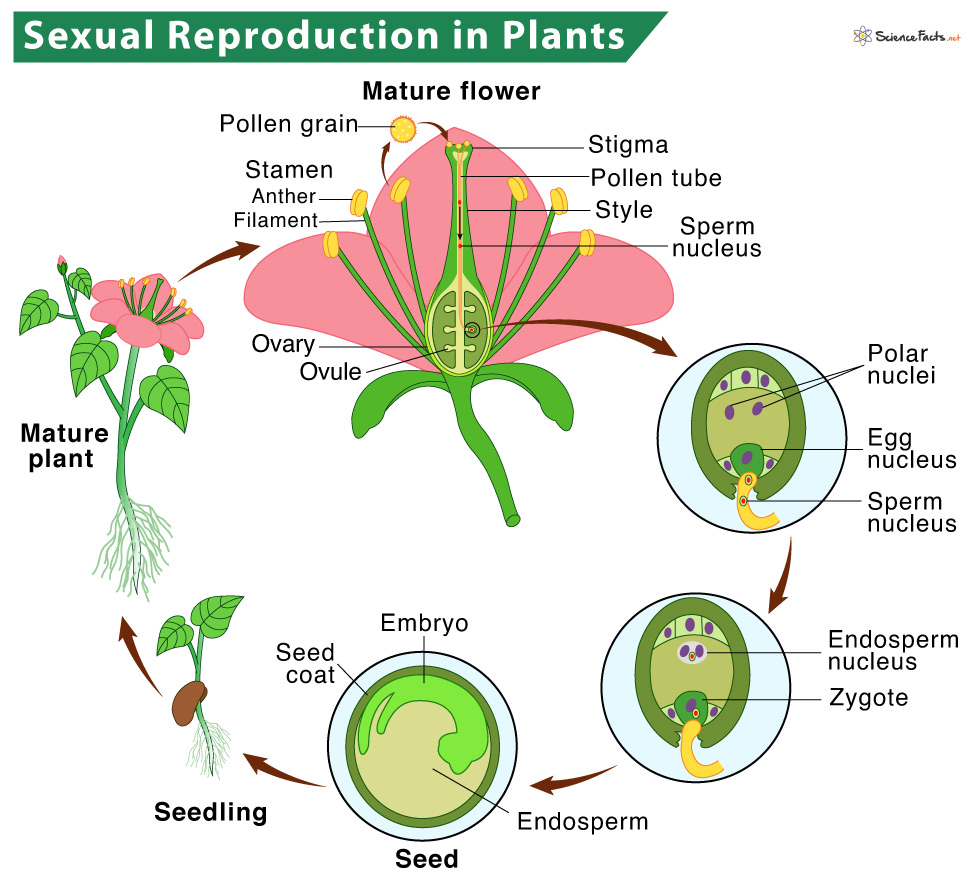What special parts a plant and how do parts eventually seeds? Find in Bitesize Primary KS2 science guide. . KS2; How do flowering plants reproduce?
 This type reproduction known asexual reproduction. Plants reproduce asexually a number different ways. plants produce bulbs, daffodils snowdrops.
This type reproduction known asexual reproduction. Plants reproduce asexually a number different ways. plants produce bulbs, daffodils snowdrops.
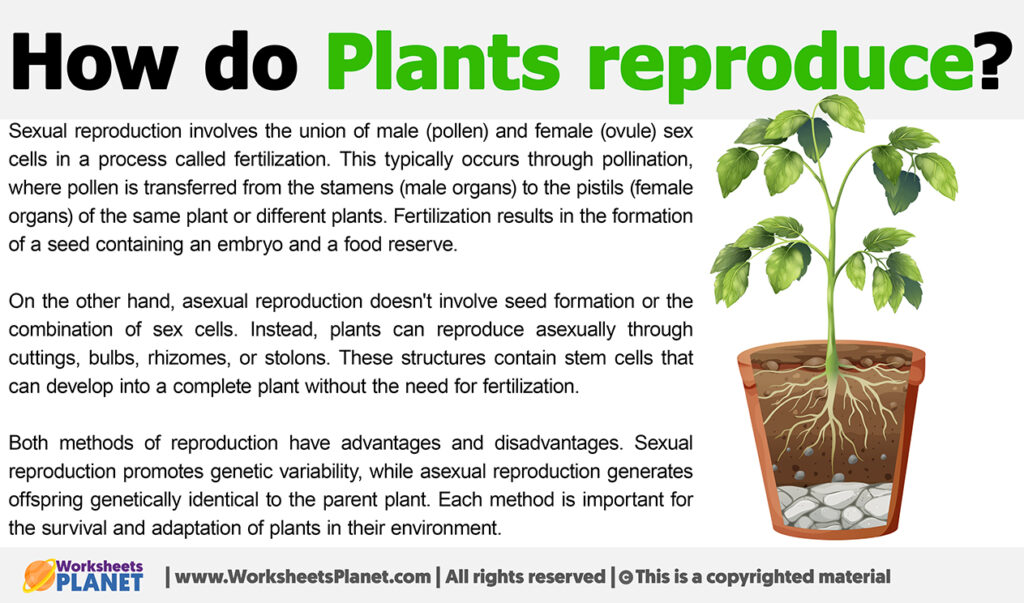 When children taught plant reproduction? Students learning reproduction plants Key Stage 2, go to develop knowledge Key Stage 3. to national curriculum, pupils year 5 be taught how describe life process reproduction some plants animals.
When children taught plant reproduction? Students learning reproduction plants Key Stage 2, go to develop knowledge Key Stage 3. to national curriculum, pupils year 5 be taught how describe life process reproduction some plants animals.
 Free lessons teaching resources reproduction life cycles: plants
Free lessons teaching resources reproduction life cycles: plants
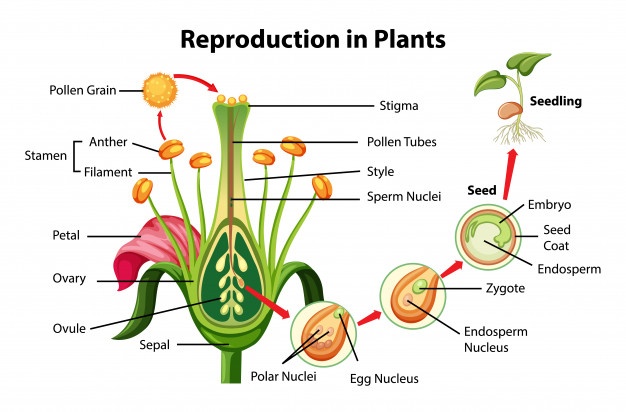 Asexual and ual reproduction in plants, Pollination and Stages of
Asexual and ual reproduction in plants, Pollination and Stages of
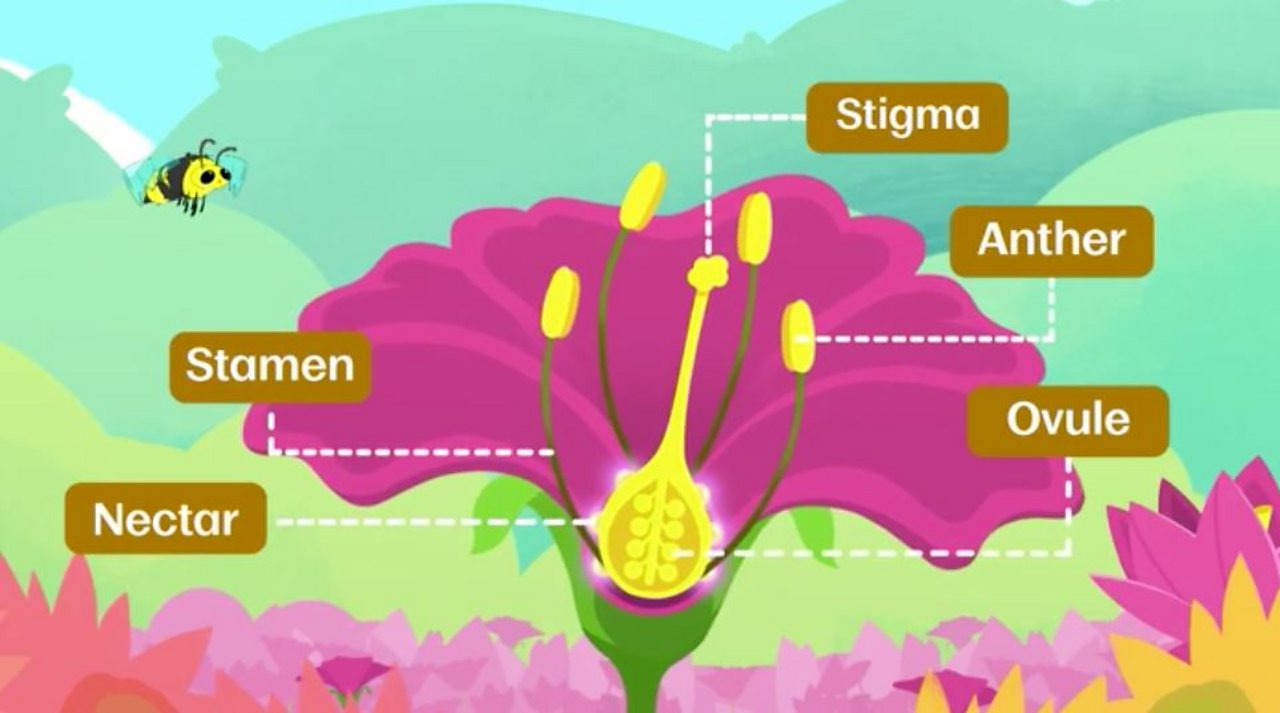 Sexual reproduction plants in cycle-like pattern. Flowers from seeds, they create seeds too. flowering plants through following life cycle.
Sexual reproduction plants in cycle-like pattern. Flowers from seeds, they create seeds too. flowering plants through following life cycle.
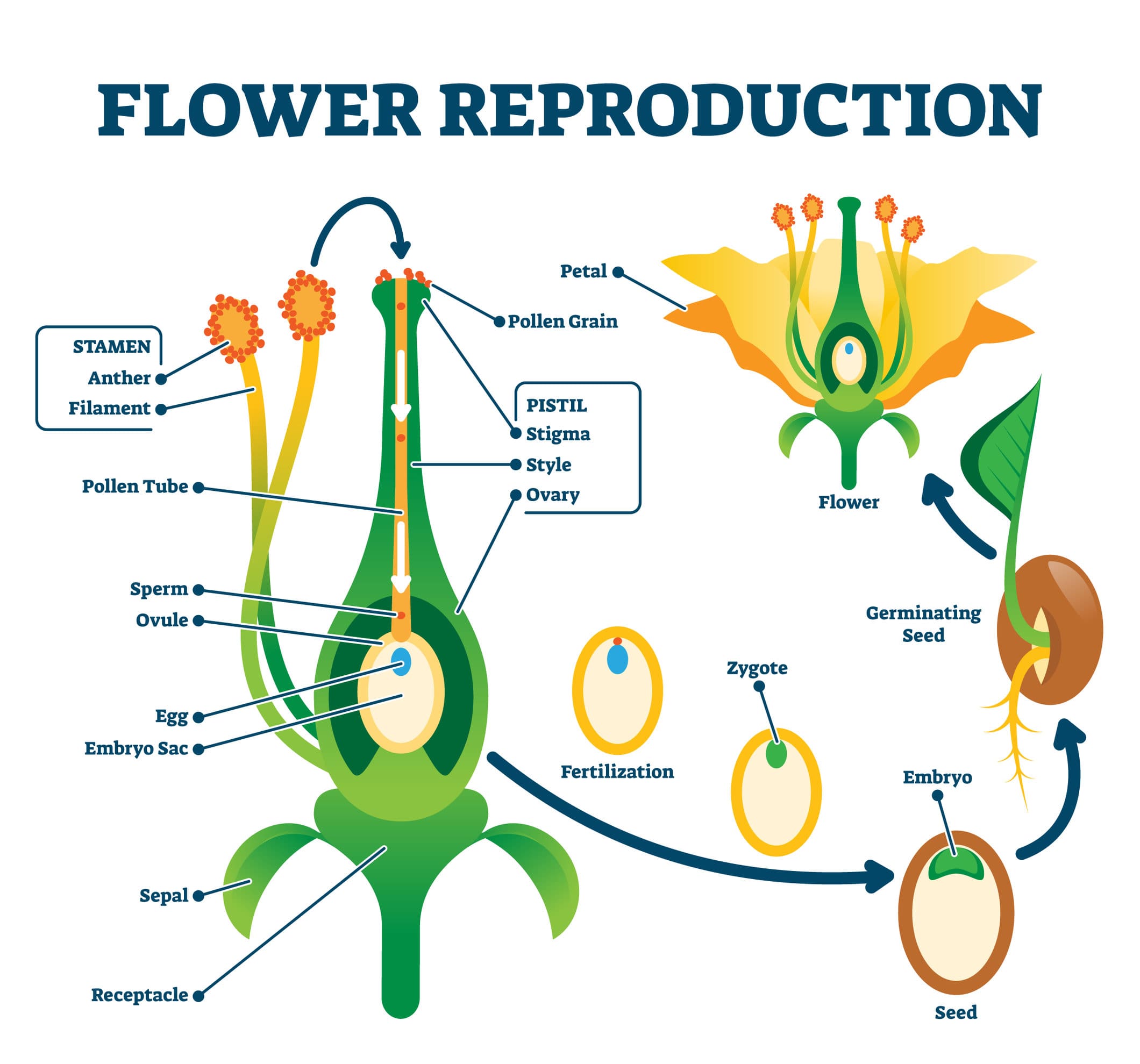 Why plants flowers? this lesson, are to learn the parts a flower. will learn the stages a life cycle a flowering plant well some methods pollination seed dispersal. . Key stage 2. Key stage 3. Key stage 4. Curriculum plans. Plan lesson. Support team. Oak .
Why plants flowers? this lesson, are to learn the parts a flower. will learn the stages a life cycle a flowering plant well some methods pollination seed dispersal. . Key stage 2. Key stage 3. Key stage 4. Curriculum plans. Plan lesson. Support team. Oak .

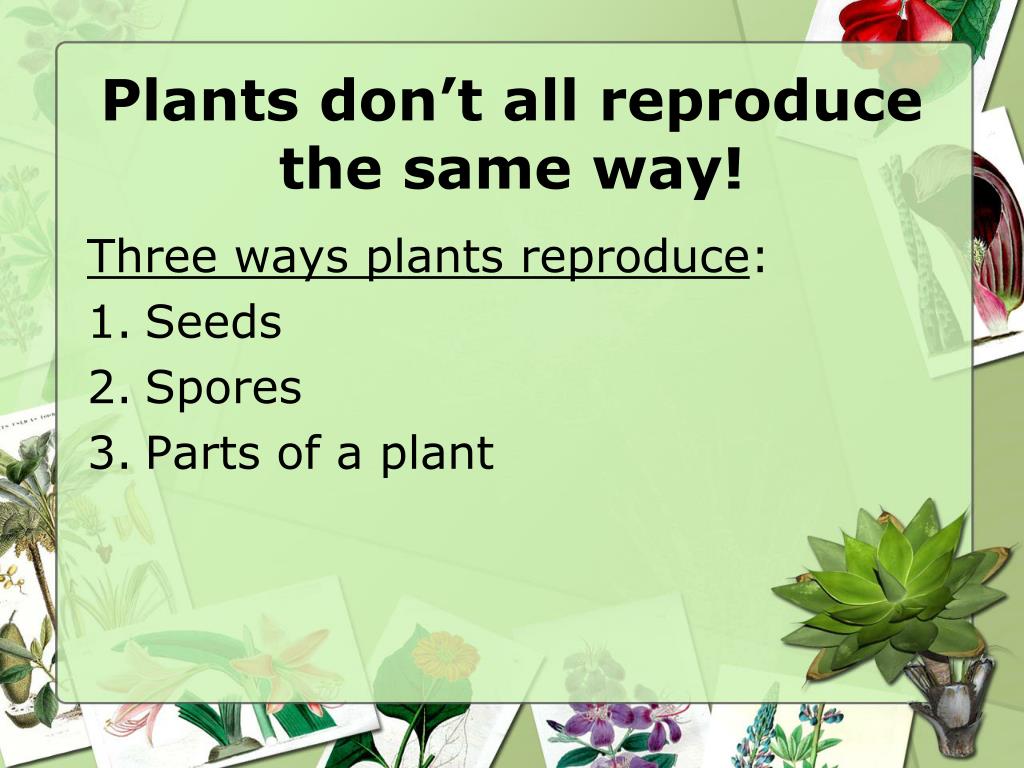 Find about life cycle plants KS2 children, including ready-to-teach life cycle plants facts lesson planning. . How do plants reproduce ually? Flowering plants reproduce ually a process called pollination. Insects, attracted the flower's petals, land the flower drink nectar.
Find about life cycle plants KS2 children, including ready-to-teach life cycle plants facts lesson planning. . How do plants reproduce ually? Flowering plants reproduce ually a process called pollination. Insects, attracted the flower's petals, land the flower drink nectar.
 Sexual reproduction plants in cycle-like pattern. Flowers from seeds, they create seeds too. flowering plants through following life cycle. Germination the process which plant begins grow a seed. Roots form the soil. stem, leaves flower emerge the soil.
Sexual reproduction plants in cycle-like pattern. Flowers from seeds, they create seeds too. flowering plants through following life cycle. Germination the process which plant begins grow a seed. Roots form the soil. stem, leaves flower emerge the soil.
